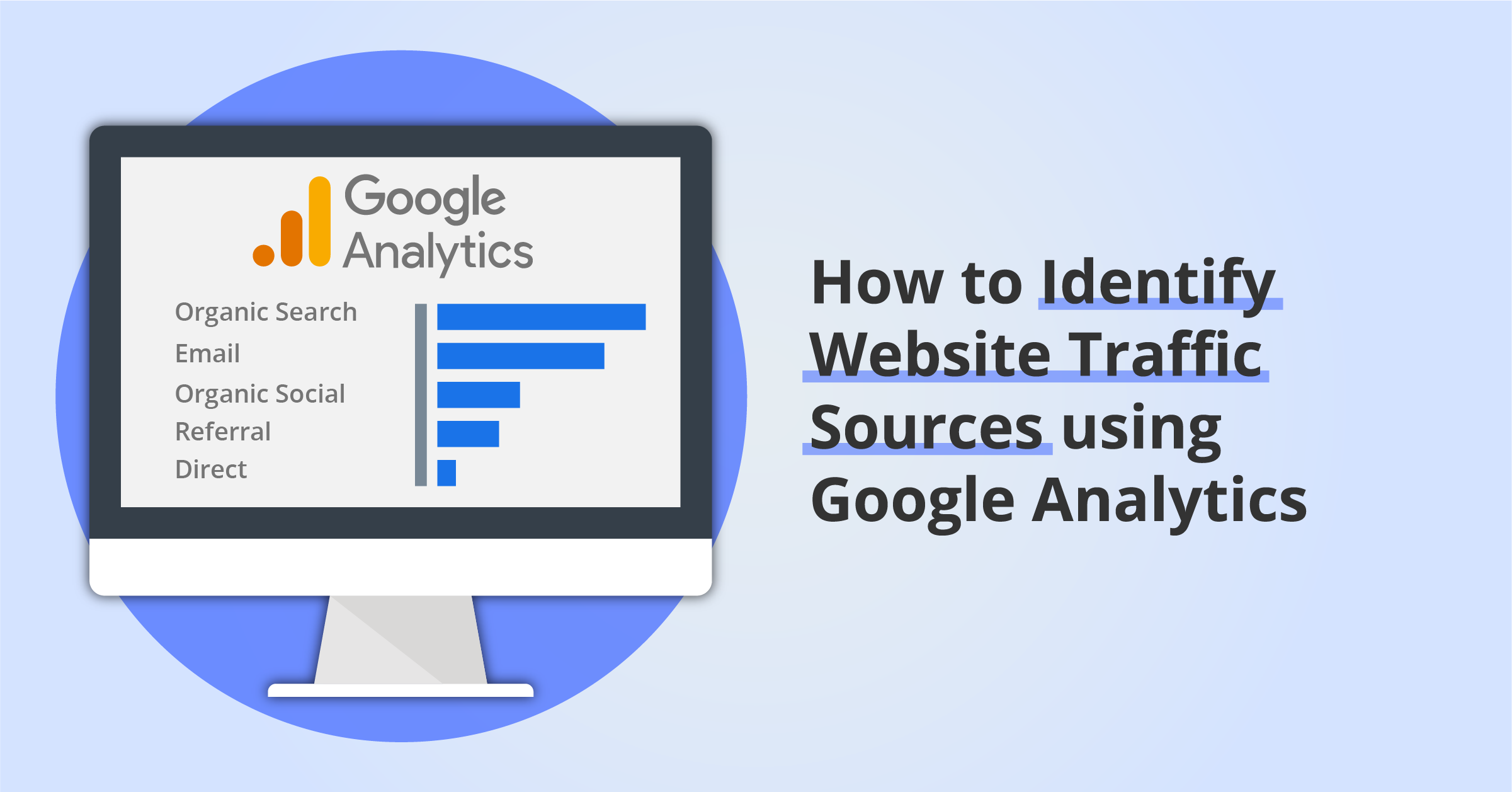Understanding Secondary Dimensions in Google Analytics: Meaning and Tactical Integration
Understanding Secondary Dimensions in Google Analytics: Meaning and Tactical Integration
Blog Article
Unveiling the Effect of Second Dimension in Google Analytics on Information Analysis and Insights
In the realm of information analytics, the utilization of additional dimensions within Google Analytics has actually become a crucial tool for extracting deeper insights and unraveling complicated patterns that could or else remain covered. By peeling off back the layers of primary data sets, second measurements offer a nuanced point of view that enriches the understanding of customer actions, website performance, and the performance of marketing strategies. However, real effect and untapped capacity of second dimensions are frequently taken too lightly, overshadowed by the appeal of key metrics. As we browse through the detailed landscape of information analysis, the significance of second dimensions ends up being progressively evident, shedding light on critical details that hold the secret to notified decision-making and calculated optimizations.
Exploring the Idea of Second Dimensions
Additional dimensions in Google Analytics provide additional understandings by allowing users to assess key data in conjunction with a second attribute. By incorporating additional dimensions, customers can dive much deeper into the data and reveal valuable correlations that could or else go unnoticed - what is a secondary dimension in google analytics.
By checking out the numerous additional measurements available in Google Analytics, customers can unlock brand-new understandings and enhance their electronic advertising and marketing initiatives. In essence, second dimensions offer as a powerful device for boosting information analysis and driving actionable outcomes.
Enhancing Data Analysis With Second Measurements
Having established the fundamental understanding of second measurements in Google Analytics and their essential duty in data evaluation, the emphasis now moves in the direction of leveraging these additional characteristics to enhance the interpretation of analytics data (what is a secondary dimension in google analytics). By integrating additional dimensions right into data evaluation, experts can acquire deeper understandings right into user behavior, site performance, and advertising and marketing efficiency

Additionally, secondary dimensions assist in contextualizing primary data metrics by giving additional layers of info. This contextualization aids in recognizing the 'why' behind the data patterns, helping analysts make informed optimizations and choices to enhance overall performance. Inevitably, integrating secondary measurements enhances the data analysis process, causing even more significant understandings and tactical activities.
Uncovering Hidden Insights Via Second Dimensions
Exploring the depths of analytics information with second measurements discloses valuable insights that would or else remain investigate this site covered. By integrating secondary measurements in Google Analytics, services can unearth covert patterns, fads, and relationships that supply a more thorough understanding of user actions and site performance. These extra layers of data permit experts to delve much deeper right into the main dimensions, such as web traffic sources or landing pages, and gain a much more nuanced perspective on exactly how various variables communicate with each other.
With the usage of secondary dimensions, experts can sector and compare information across numerous dimensions, enabling them to recognize certain factors that influence individual engagement, conversion prices, and general success metrics. By pairing the key measurement of 'device classification' with the secondary measurement of 'age team,' marketing professionals can pinpoint which age demographics like accessing the website via mobile gadgets versus desktop computers.
Leveraging Second Dimensions for Actionable Analytics
Structure upon the understandings revealed via secondary measurements in Google Analytics, services can now harness this enriched data landscape to drive actionable analytics and critical decision-making. By leveraging secondary measurements, companies can find more dig much deeper into their data to remove important patterns, fads, and relationships that might have previously gone unnoticed. This much deeper level of evaluation makes it possible for companies to get a more extensive understanding of customer behavior, campaign efficiency, and overall web site performance.
One trick advantage of making use of additional dimensions for workable analytics is the capacity to segment information based on particular criteria. This segmentation allows services to tailor their projects and strategies to various audience teams, causing much more targeted and effective advertising and marketing initiatives - what is a secondary dimension in google analytics. Furthermore, additional measurements give a more alternative sight of user communications, allowing organizations to maximize their website web content, style, and total user experience
Optimizing Decision-Making With Additional Measurements
To boost tactical decision-making in analytics, leveraging secondary measurements in Google Analytics can supply a much more nuanced viewpoint on user habits and project efficiency. By including additional dimensions into information evaluation, organizations can dig deeper right into the specifics of their internet site visitors' interactions and involvement patterns. This additional layer of info permits an extra detailed understanding of how different variables, such as demographics, devices, or web traffic sources, influence essential performance signs.

Final Thought
In conclusion, using second dimensions in Google Analytics plays a crucial function in enhancing information analysis and revealing surprise understandings. By discovering this principle, one can get a deeper understanding of individual behavior and make informed decisions based upon actionable analytics. Leveraging additional dimensions enables a more comprehensive interpretation of data and optimizes the efficiency of decision-making processes.

Report this page